
GAP Highlights
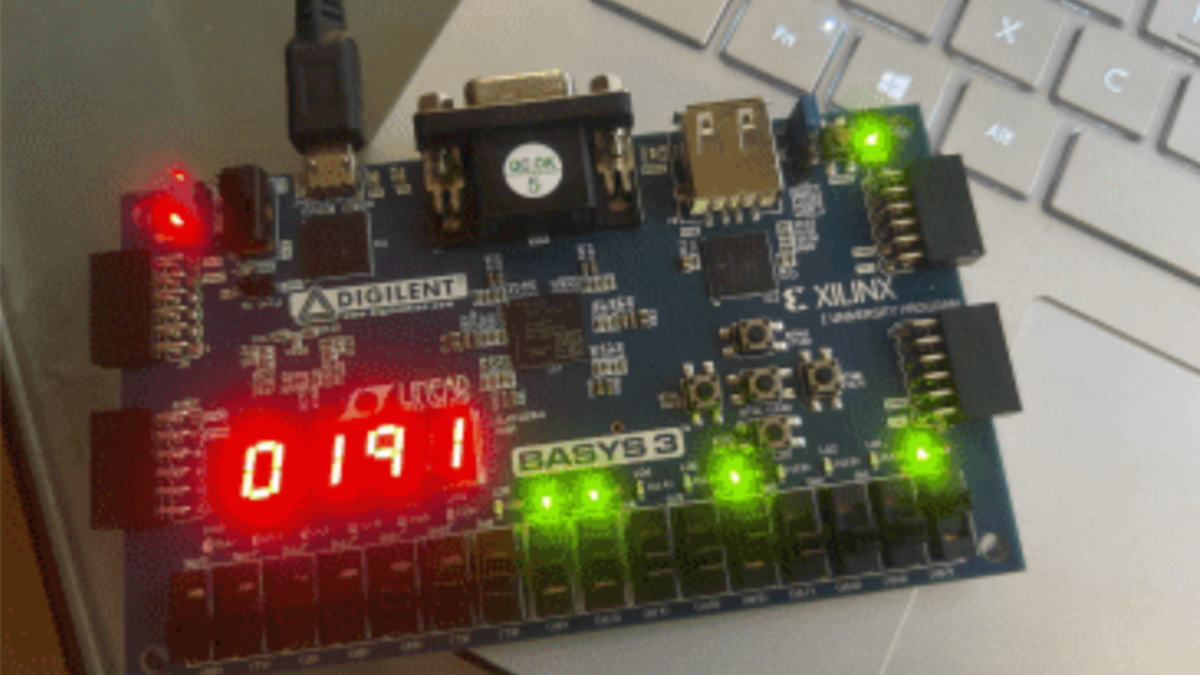
Penn State Behrend
SAILGate - Capstone
A student team at Penn State Behrend explored the idea of building a domain-specific hardware language (DSL) embedded in ParaSail—one that lowers to VHDL for use with standard gateware toolchains.

Rose-Hulman Institute of Technology
R7D - Capstone
R7D, designed by a group of students is the first iteration of a Lattice ECP5 FPGA board enabling an Ada-first, Alire-managed ecosystem with flexible power, SRAM/FRAM, and modular I/O.

Penn State Behrend
VDI Challenge - Capstone
A Penn State Behrend Capstone team used Ada for the VDI racing challenge: bare metal control with real time tasking and an OpenCV style Ada library, integrated into an event driven demo.

Penn State Behrend
Yarlib - Capstone
A Penn State Behrend Capstone team built an Ada-only 2D game engine inspired by Raylib, with no C bindings, native Win32 and audio, an ECS design, and a playable demo delivered.
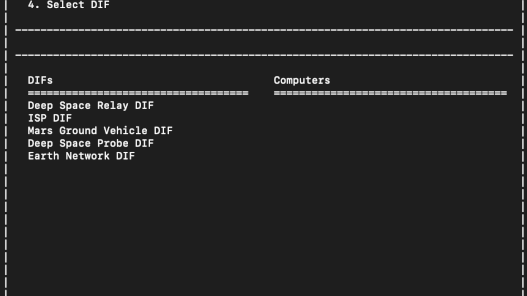
Penn State Behrend
RINA for Space - Capstone
A talented group of Capstone students at Penn State Behrend built DTN on RINA in Ada, simulating a Mars rover relaying data to Earth over intermittent links, with policies handling delay and bundling.

Bristol University (Bristol, UK)
Verified Robot Control Software
The Bristol Robotics Laboratory develops its control software in Ada/SPARK and verifies it using the latest technology from AdaCore.
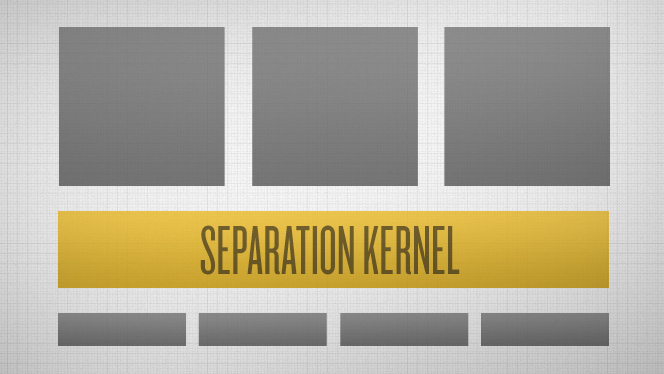
HSR University of Applied Sciences Rapperswil Switzerland
The Muen Separation Kernel
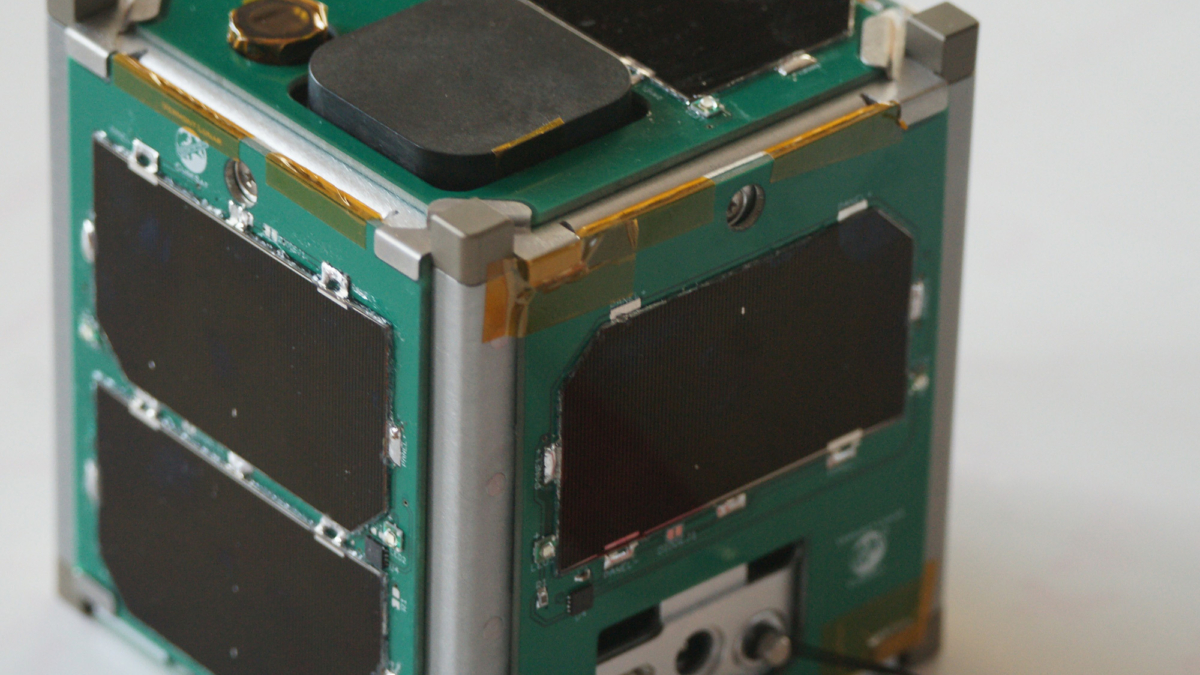
Vermont Technical College
Lunar CubeSat
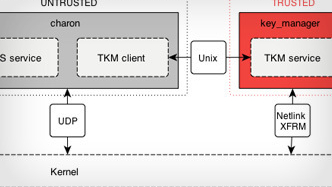
HSR University of Applied Sciences Rapperswil Switzerland
Trusted Key Manager for IKEv2
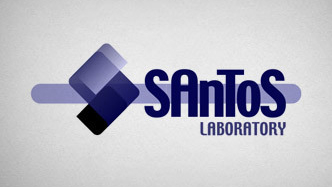
Kansas State University, Manhattan, Kansas (US)
SPARK in Formal Verification Research

University of Udine
Peer-to-Peer Epi-Transport Protocol
The DSP group at the University of Udine is developing PPETP (Peer-to-Peer Epi-Transport Protocol), a new streaming protocol based on a peer-to-peer approach that will allow to distribute efficiently live multimedia material to a large number of users. Initially aimed to the specific application of multimedia streaming, the protocol evolved with time and now it can be considered a general-purpose overlay multicast protocol with many features (e.g., efficient use of bandwidth, NAT-traversal built-in procedures, countermeasures against security issues specific to peer-to-peer networks) that make it suitable for efficient multimedia streaming.
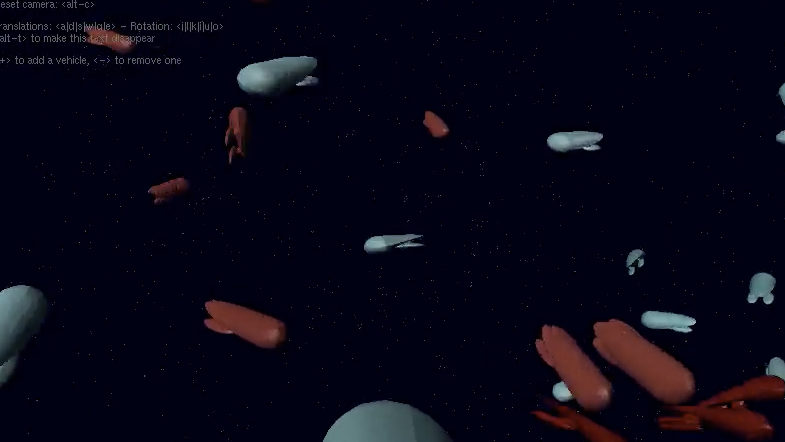
The Australian National University


